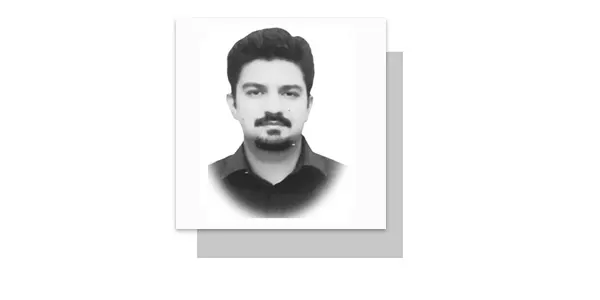Adolescent health in Pakistan
ADOLESCENCE is a crucial time in human development, marked by significant physical, psychological, sexual, reproductive and social changes. Unfortunately, many adolescents in Pakistan do not have access to the resources and services they need to navigate this challenging period in their lives.
Pakistan has one of the largest adolescent populations in the world, with around 46 million young people between the ages of 10 and 19. However, the country’s healthcare system does not adequately address the needs of this age group. Pediatric care only covers up to 12 years of age, leaving a gap in care for older adolescents. Mental health services are also scarce, with less than 1% of outpatient facilities dedicated to children and adolescents.
In addition to healthcare barriers, adolescents in Pakistan also face limited opportunities for physical activity and recreation, which can have negative impacts on their physical and mental health. Social media is exacerbating this issue by reducing young people’s engagement in sports and other physical activities.
Furthermore, sexual and reproductive education is virtually non-existent in Pakistan, leaving many adolescents with inaccurate information about their bodies and health. Two-thirds of adolescent girls are not aware of menstruation when they reach puberty and their main sources of information are often female family members, who may not have accurate information themselves. Boys often learn about sexual health from friends and social media which can also lead to misinformation.
To address these issues, Pakistan must prioritize the health and wellbeing of its adolescent population. Comprehensive healthcare services, including sexual and reproductive and mental health services, should be made more accessible to young people. Sex education programs should be implemented in schools and communities to provide accurate information and empower young people to make informed decisions about their health. Cultural and religious beliefs should also be taken into account, and community leaders should be involved in dispelling myths and misconceptions about adolescent health.
In conclusion, adolescents in Pakistan face significant challenges when it comes to accessing healthcare services, physical activity opportunities and accurate sexual and reproductive education. To improve their health and wellbeing, it is crucial for Pakistan to prioritize the needs of its young population by increasing access to comprehensive healthcare services and empowering them with accurate information and resources to make informed decisions about their health.
—The writer is Associate Professor of Public Health, Al-Shifa School of Public Health, based in Rawalpindi.
Email: [email protected]







